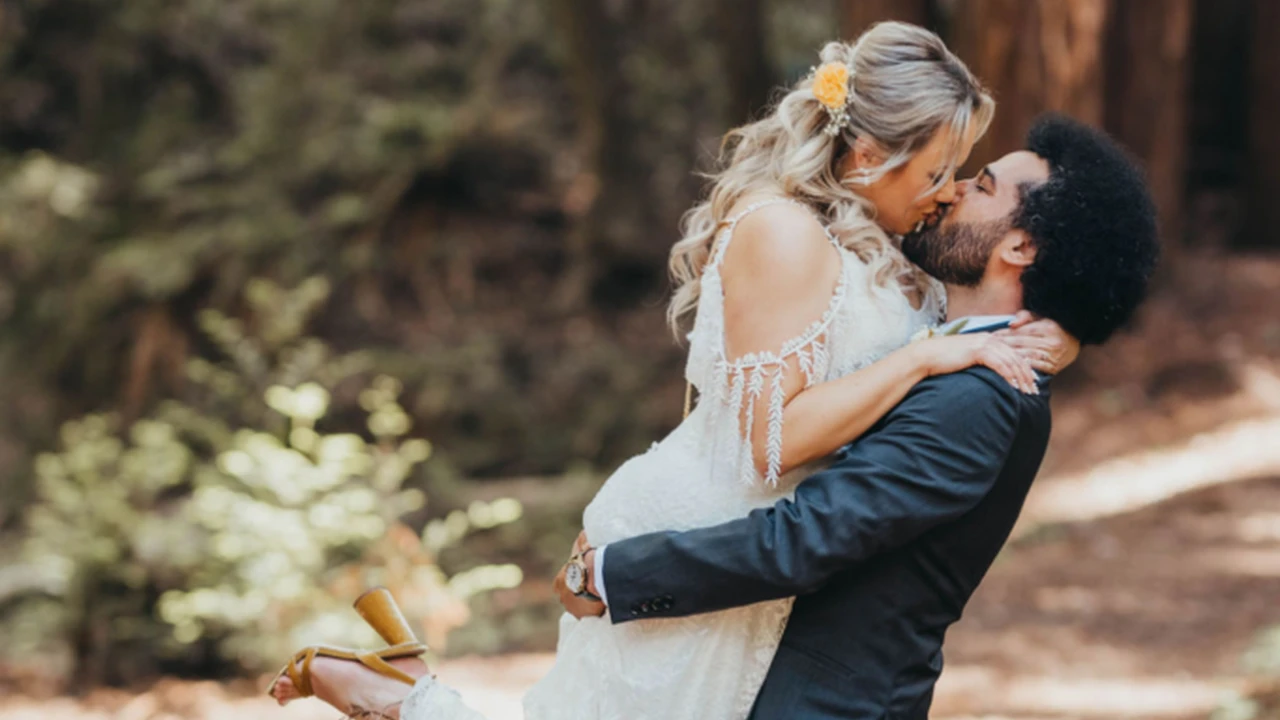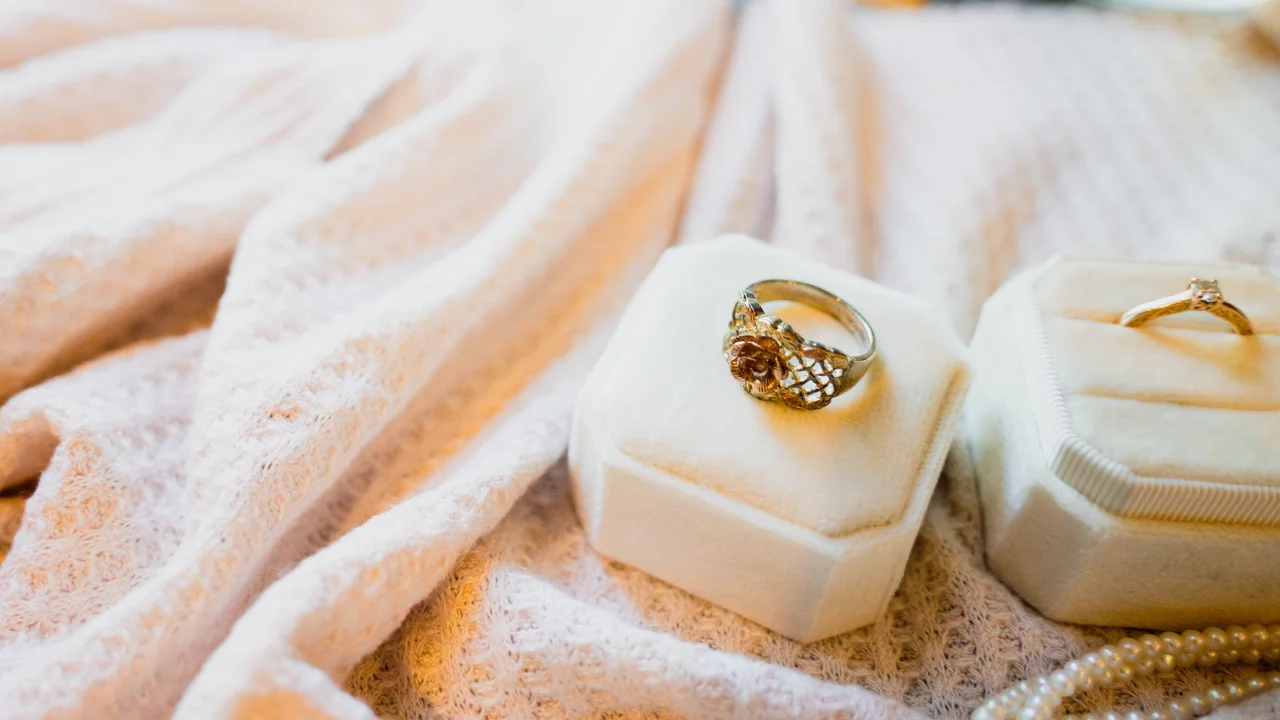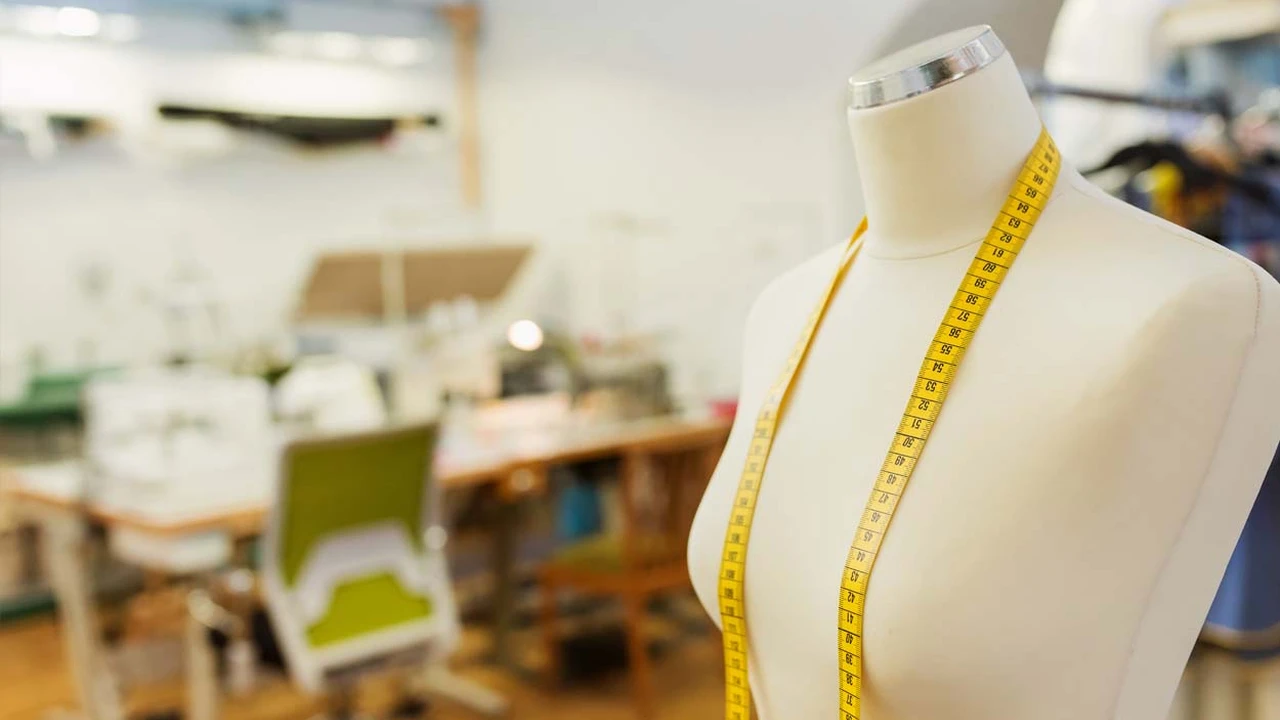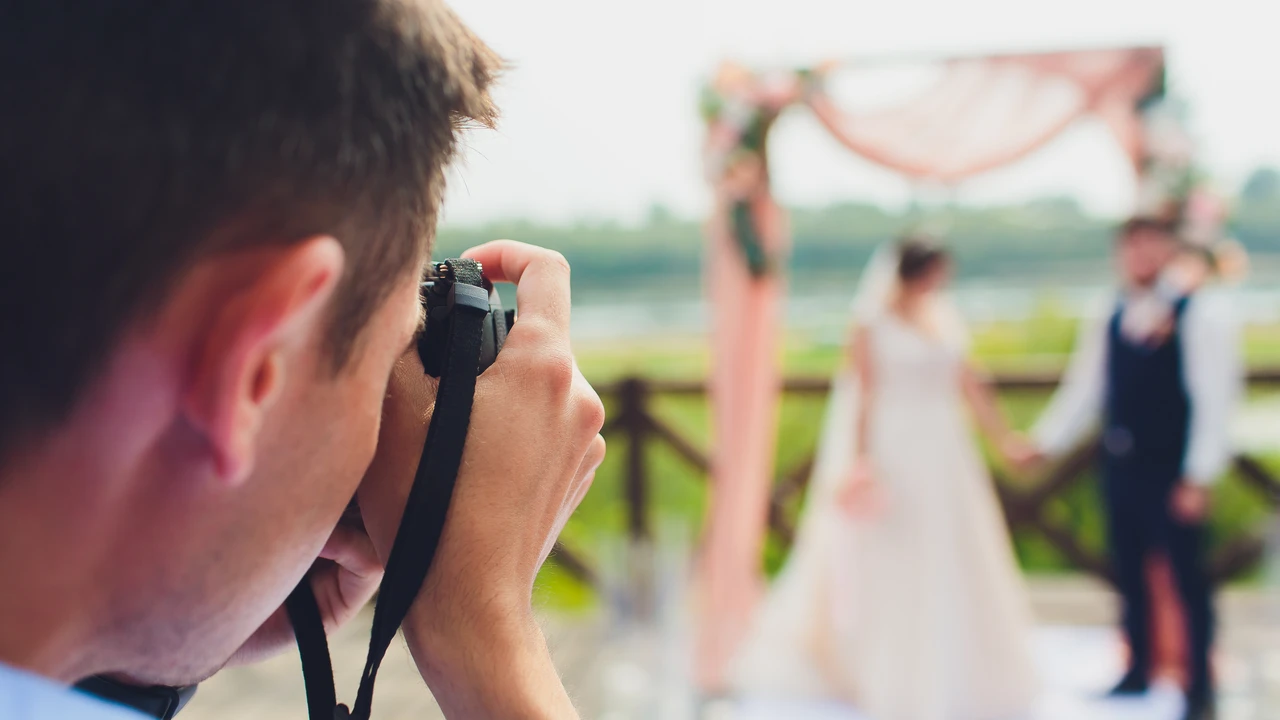Top 7 Wedding Photography Styles: Which One Is Right for You?

Understanding Wedding Photography Styles: Finding Your Perfect Match
So, you're getting married! Congratulations! One of the biggest decisions you'll make (besides who you're marrying, of course!) is choosing your wedding photographer. But with so many different styles out there, it can feel overwhelming. Let's break down the top 7 wedding photography styles to help you find the perfect fit for your big day.
1. Classic or Traditional Wedding Photography: Timeless Elegance
Think posed shots, formal portraits, and a focus on capturing the key moments of the day. This style is all about creating images that will stand the test of time. Your parents' wedding photos? Probably classic photography. It's reliable, predictable, and ensures you get those essential family photos everyone expects.
Pros: Timeless, ensures important shots are captured, good for formal events.
Cons: Can feel stiff or posed, less emphasis on candid moments.
2. Photojournalistic or Documentary Wedding Photography: Capturing the Story Unfolds
This style is all about capturing the day as it unfolds naturally. The photographer acts as a fly on the wall, documenting candid moments and genuine emotions. Think less posing, more real life. It's about storytelling through images.
Pros: Authentic, captures real emotions, tells a story.
Cons: Less control over the final images, may miss some formal shots.
3. Fine Art Wedding Photography: Artistic Vision and Creative Flair
Fine art wedding photography is about creating artistic and visually stunning images. The photographer uses light, composition, and editing techniques to create photographs that are more like works of art. Expect dramatic lighting, creative angles, and a focus on aesthetics.
Pros: Beautiful and artistic images, unique perspective, high-quality prints.
Cons: Can be more expensive, may not appeal to everyone's taste.
4. Natural Light Wedding Photography: Embracing the Beauty of Sunlight
This style relies heavily on natural light to create soft, romantic, and airy images. The photographer avoids using flash as much as possible, instead using available light to capture the beauty of the day. Often paired with photojournalistic or fine art styles.
Pros: Soft and romantic images, natural look, flattering lighting.
Cons: Dependent on weather conditions, may not be suitable for indoor or nighttime shots without supplemental lighting.
5. Rustic Wedding Photography: Capturing the Charm of Country Settings
Rustic wedding photography embraces the charm of country settings, using natural elements, vintage props, and a warm, earthy color palette. Think barns, fields, and wildflowers. This style is perfect for couples who love the outdoors and a more relaxed vibe.
Pros: Captures the charm of rustic settings, relaxed and informal, unique aesthetic.
Cons: May not be suitable for urban weddings, requires a specific location.
6. Black and White Wedding Photography: Timeless and Dramatic
Black and white wedding photography is a classic choice that creates timeless and dramatic images. By stripping away color, the photographer can focus on composition, light, and emotion. This style can add a sense of elegance and sophistication to your wedding photos.
Pros: Timeless, elegant, focuses on composition and emotion, hides imperfections.
Cons: Doesn't capture the colors of the day, may not appeal to everyone.
7. Destination Wedding Photography: Capturing the Adventure
Destination wedding photography specializes in capturing weddings in exotic and beautiful locations. The photographer travels with you to your chosen destination and documents your wedding against the backdrop of stunning scenery. Think beaches, mountains, and foreign cities.
Pros: Stunning scenery, unique and memorable images, captures the adventure.
Cons: Can be expensive, requires careful planning, potential for travel complications.
Choosing the Right Camera Gear: Essential Equipment for Wedding Photographers
Beyond style, the gear a photographer uses is crucial. Here's a peek at some popular options:
- Canon EOS R6 Mark II: A fantastic all-around camera for wedding photography. Excellent low-light performance, fast autofocus, and reliable. Great for both photo and video. Around $2799 (body only).
- Sony Alpha a7 IV: Another top contender. Superb image quality, advanced autofocus, and a versatile lens selection. Also excellent for video. Around $2499 (body only).
- Nikon Z 6II: A solid performer with great image quality and reliable autofocus. A good value for the price. Around $1999 (body only).
Lens Recommendations: Capturing Different Perspectives
Lenses are just as important as the camera body! Here are a few must-haves:
- 24-70mm f/2.8: The workhorse lens. Versatile for portraits, group shots, and capturing the overall scene. The Sigma 24-70mm f/2.8 DG DN Art ($1099) is a great third-party option.
- 70-200mm f/2.8: Perfect for capturing candid moments from a distance, portraits with beautiful bokeh, and compressing the background. Tamron 70-180mm f/2.8 Di III VXD ($1299) is a lighter and more affordable alternative.
- 35mm f/1.4 or 50mm f/1.4: For low-light situations and creating shallow depth of field. The Sigma 35mm f/1.4 DG HSM Art ($899) is a popular choice.
Lighting Equipment: Mastering the Art of Illumination
Even with natural light photography, sometimes you need a little extra help. Here are some lighting options:
- Godox V1 Flash: A powerful and versatile speedlight with a round head for soft, even lighting. Around $259.
- Profoto B10 Plus: A portable and powerful off-camera flash for creating dramatic lighting effects. More expensive, around $2095.
- LED Video Light Panels: Useful for adding fill light during video shoots or for creating soft, continuous lighting for portraits. Neewer CN-160 LED Video Light ($29) is a budget-friendly option.
Product Comparison: Making the Right Choices
Let's compare a couple of cameras:
Canon EOS R6 Mark II vs. Sony Alpha a7 IV:
- Autofocus: Both have excellent autofocus, but Sony's is often considered slightly more advanced.
- Image Quality: Both produce superb image quality, but Sony has a slightly higher resolution sensor.
- Video: Both are excellent for video, but Sony offers more advanced video features.
- Price: The Sony is typically slightly more expensive.
And a lens comparison:
Canon RF 24-70mm f/2.8L IS USM vs. Sigma 24-70mm f/2.8 DG DN Art (for Sony E-mount):
- Image Quality: Both offer excellent image quality.
- Build Quality: Canon's L-series lens is known for its robust build quality.
- Image Stabilization: Canon has image stabilization built-in, which can be helpful in low light.
- Price: The Sigma is significantly more affordable.
Using the Gear: Real-World Scenarios
Imagine this: you're shooting the bride getting ready. You'll likely use a 35mm or 50mm lens with a wide aperture (like f/1.4) to create a shallow depth of field and isolate her from the background. You might use a reflector to bounce natural light onto her face, creating soft and flattering lighting.
During the ceremony, you'll switch to a 24-70mm lens to capture the overall scene and important moments like the vows and the exchange of rings. You might also use a 70-200mm lens to capture candid shots of guests reacting to the ceremony.
For the reception, you might use an off-camera flash to create more dramatic lighting effects during the first dance or the cake cutting. The key is to be versatile and adaptable, using the right gear for the specific situation.
Pricing and Budgeting: Investing in Quality
Wedding photography packages can range from a few hundred dollars to several thousand dollars. It's important to research different photographers, compare their packages, and find one that fits your budget and style. Remember that you're not just paying for the photos themselves, but also for the photographer's time, expertise, and equipment.
Consider these factors when budgeting:
- Coverage Time: How many hours of coverage do you need?
- Number of Photographers: Do you want one photographer or two?
- Albums and Prints: Do you want a physical album or prints?
- Digital Files: Do you want the high-resolution digital files?
- Travel Fees: If it's a destination wedding, factor in travel costs.
Don't be afraid to ask photographers about their pricing and what's included in their packages. A good photographer will be transparent and happy to answer your questions.
:max_bytes(150000):strip_icc()/277019-baked-pork-chops-with-cream-of-mushroom-soup-DDMFS-beauty-4x3-BG-7505-5762b731cf30447d9cbbbbbf387beafa.jpg)





